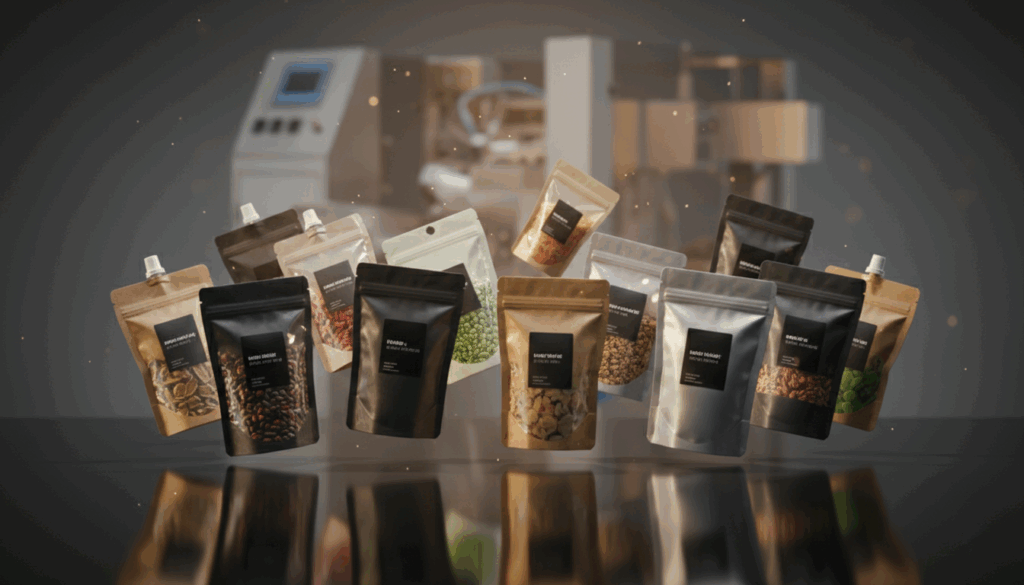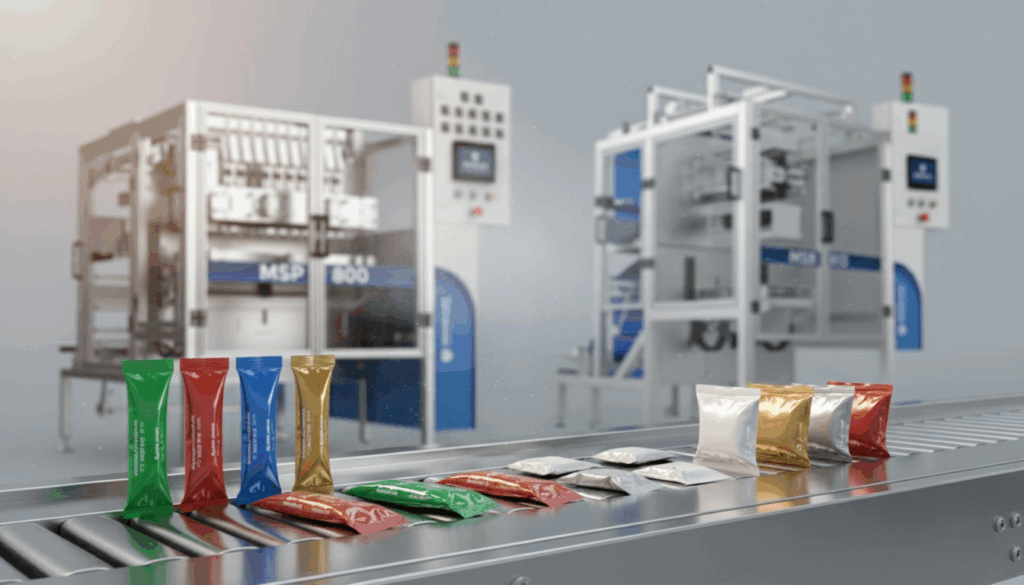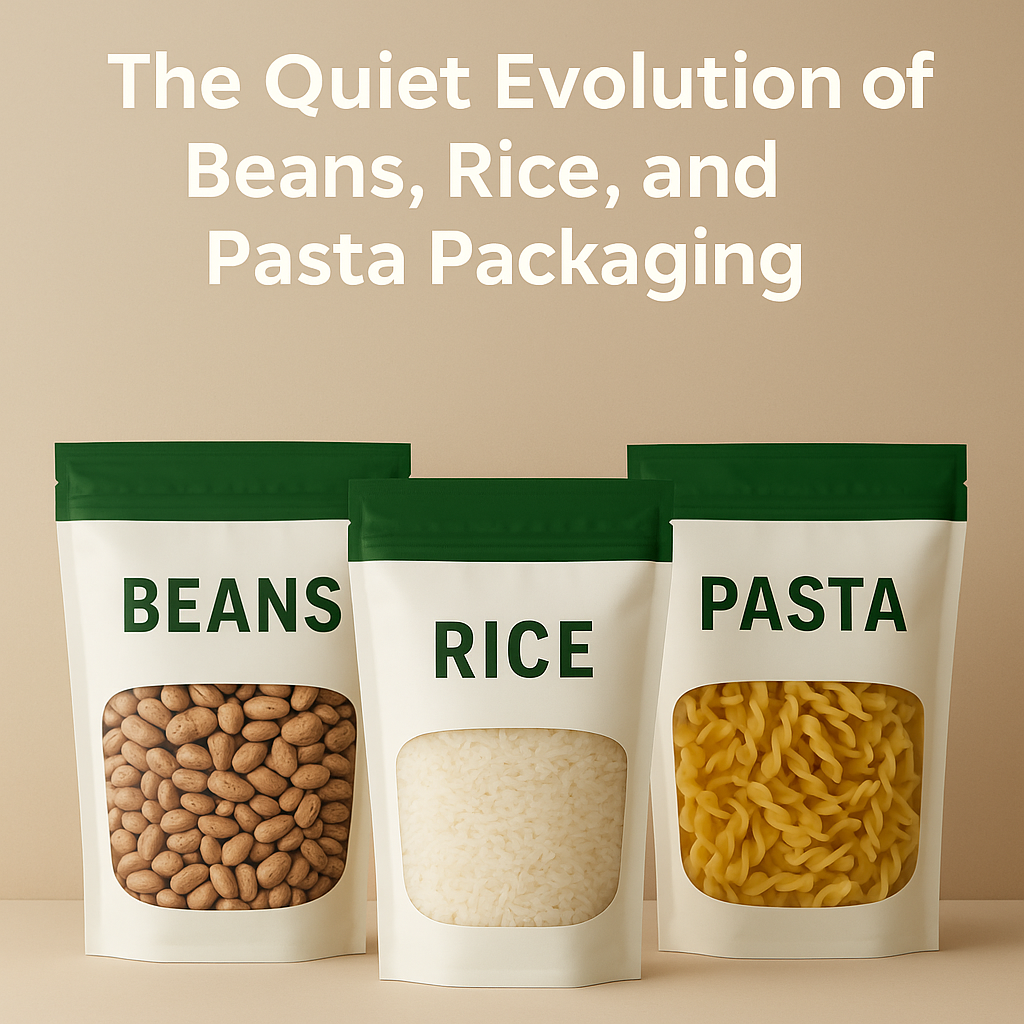Packaging pasta, beans, and rice demands accuracy and adaptability. This article explores how modern pasta packaging machines combine servo precision, film control, and modular design to deliver consistent seals, faster changeovers, and scalable performance across every production scale, from compact automation to high-speed industrial systems.



